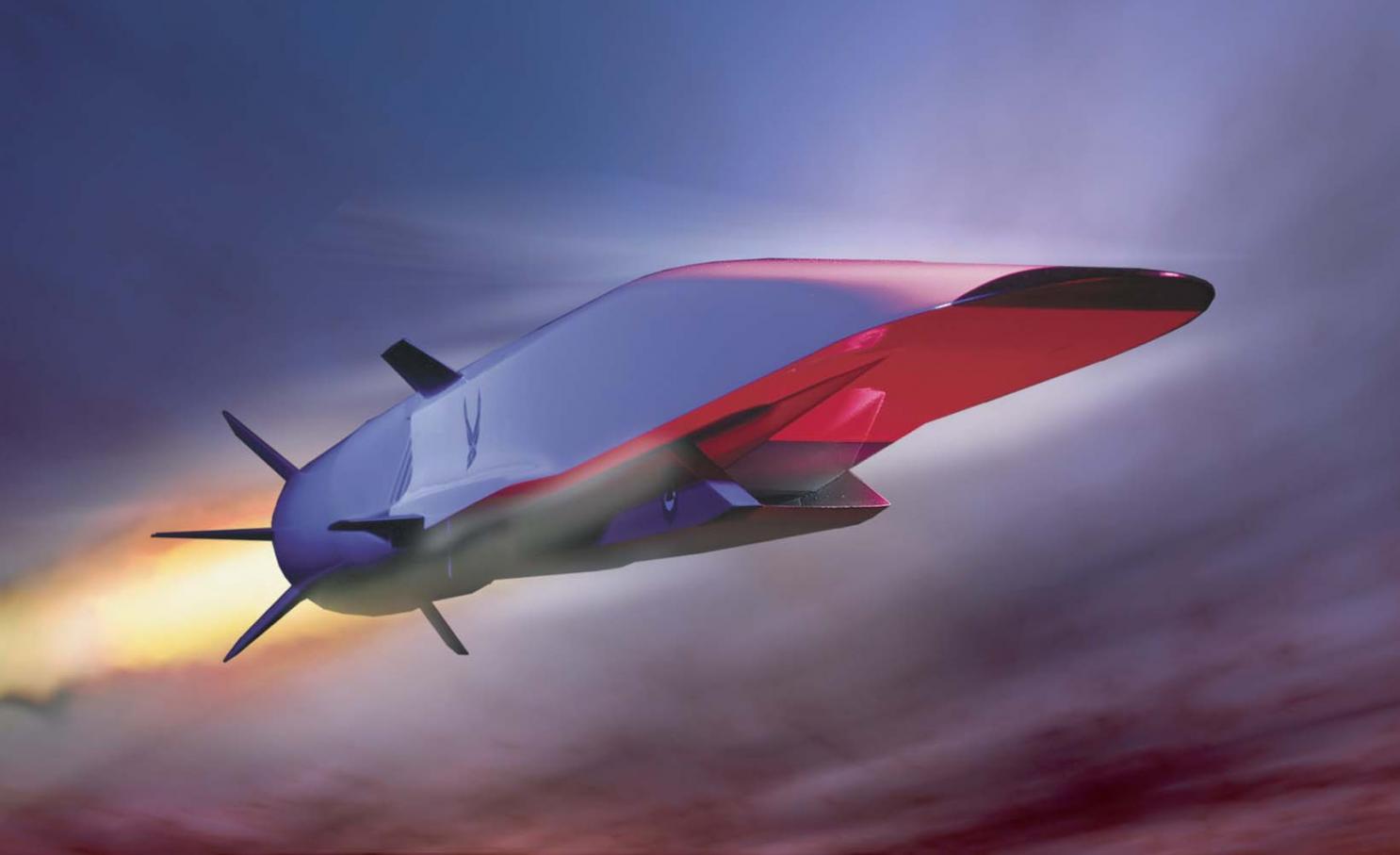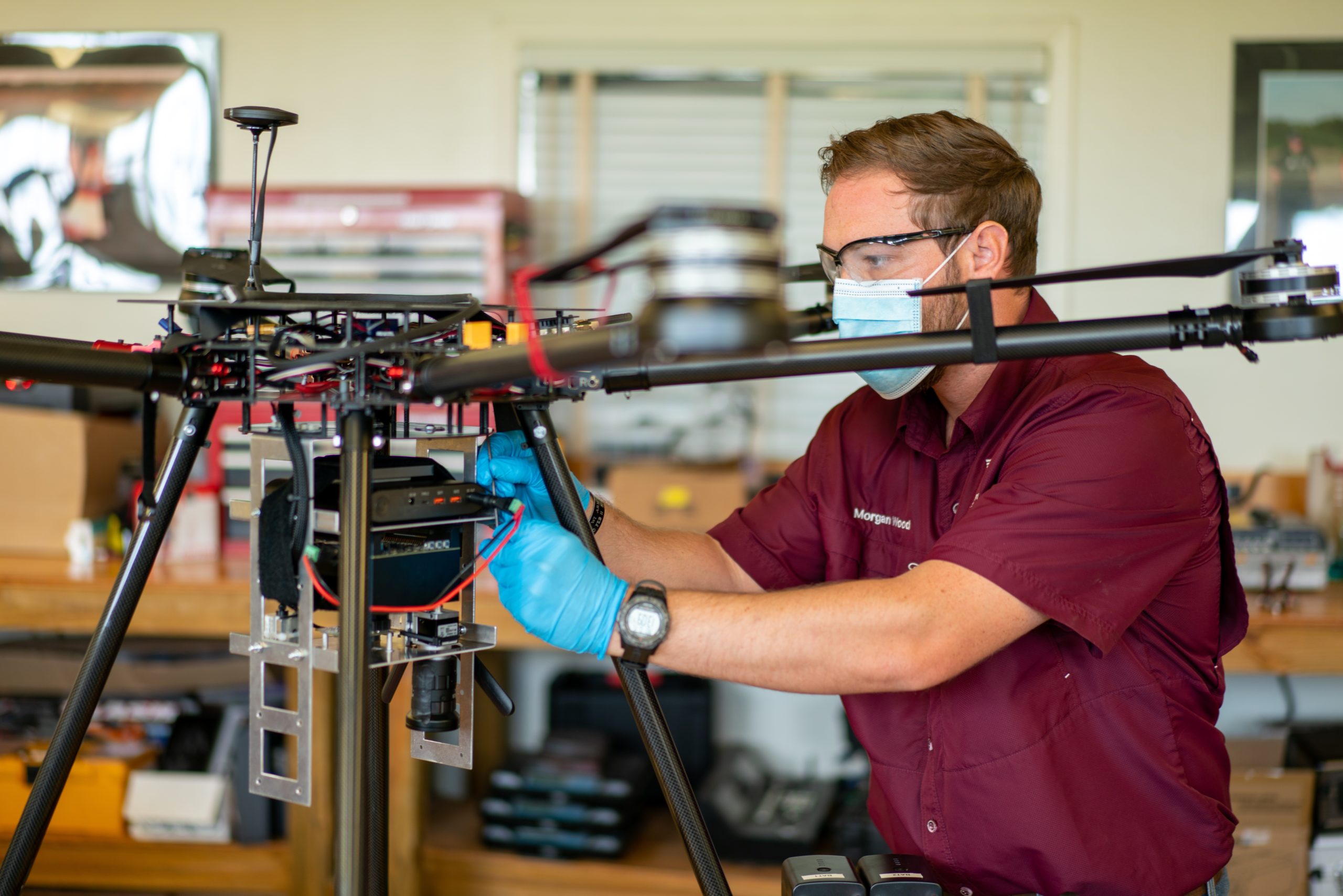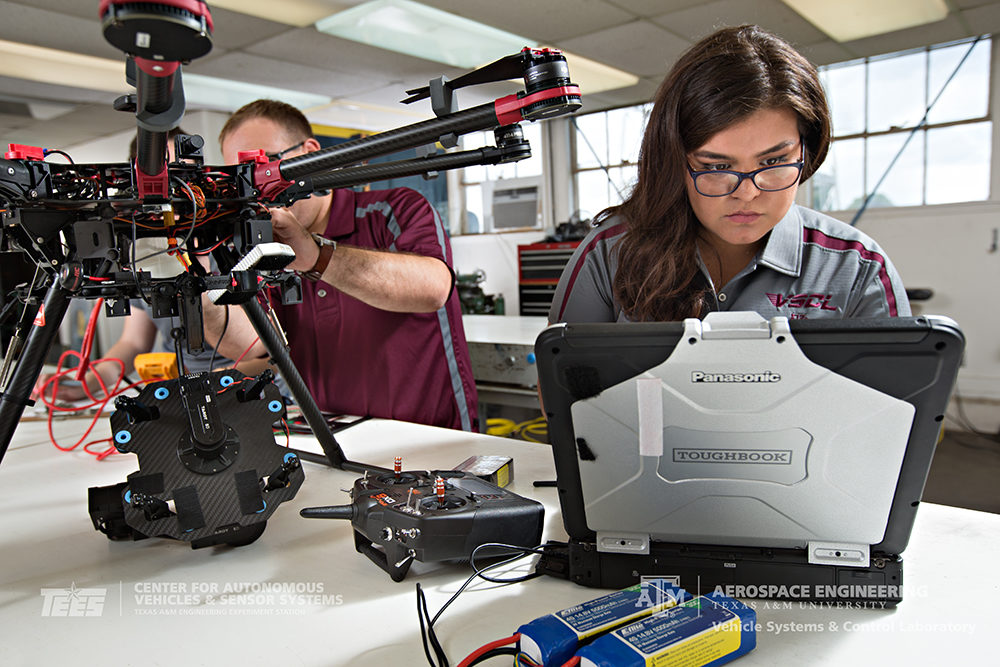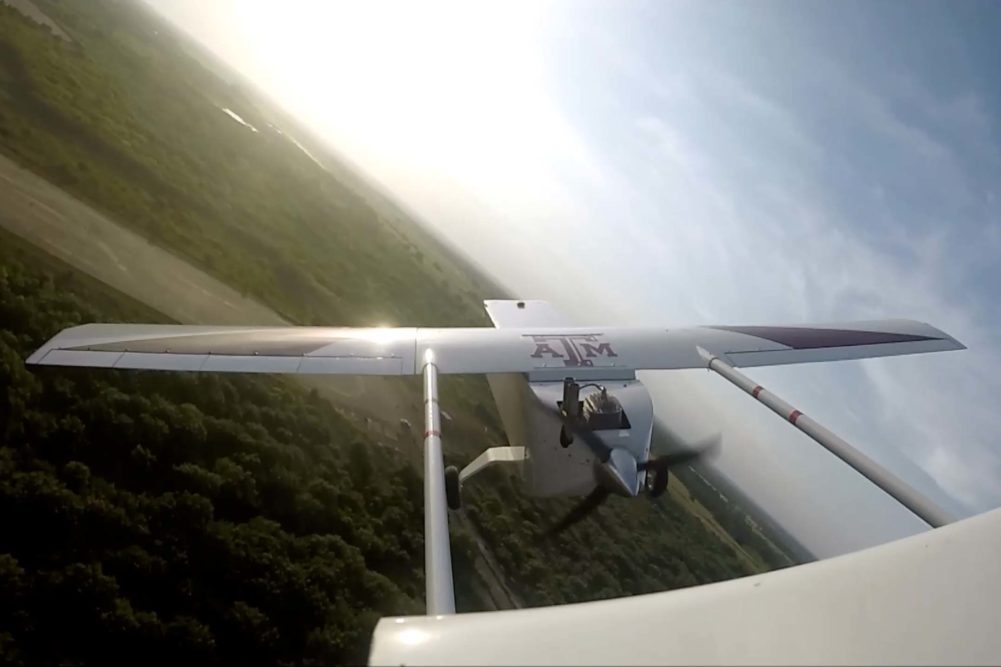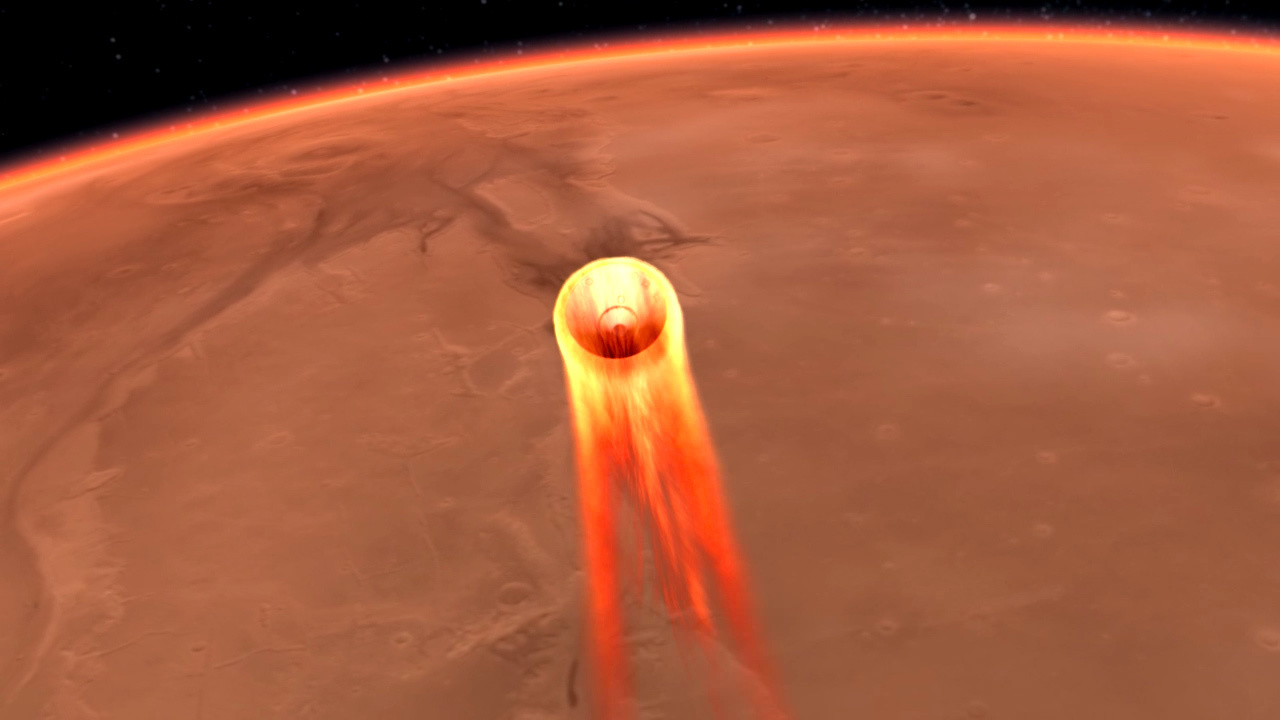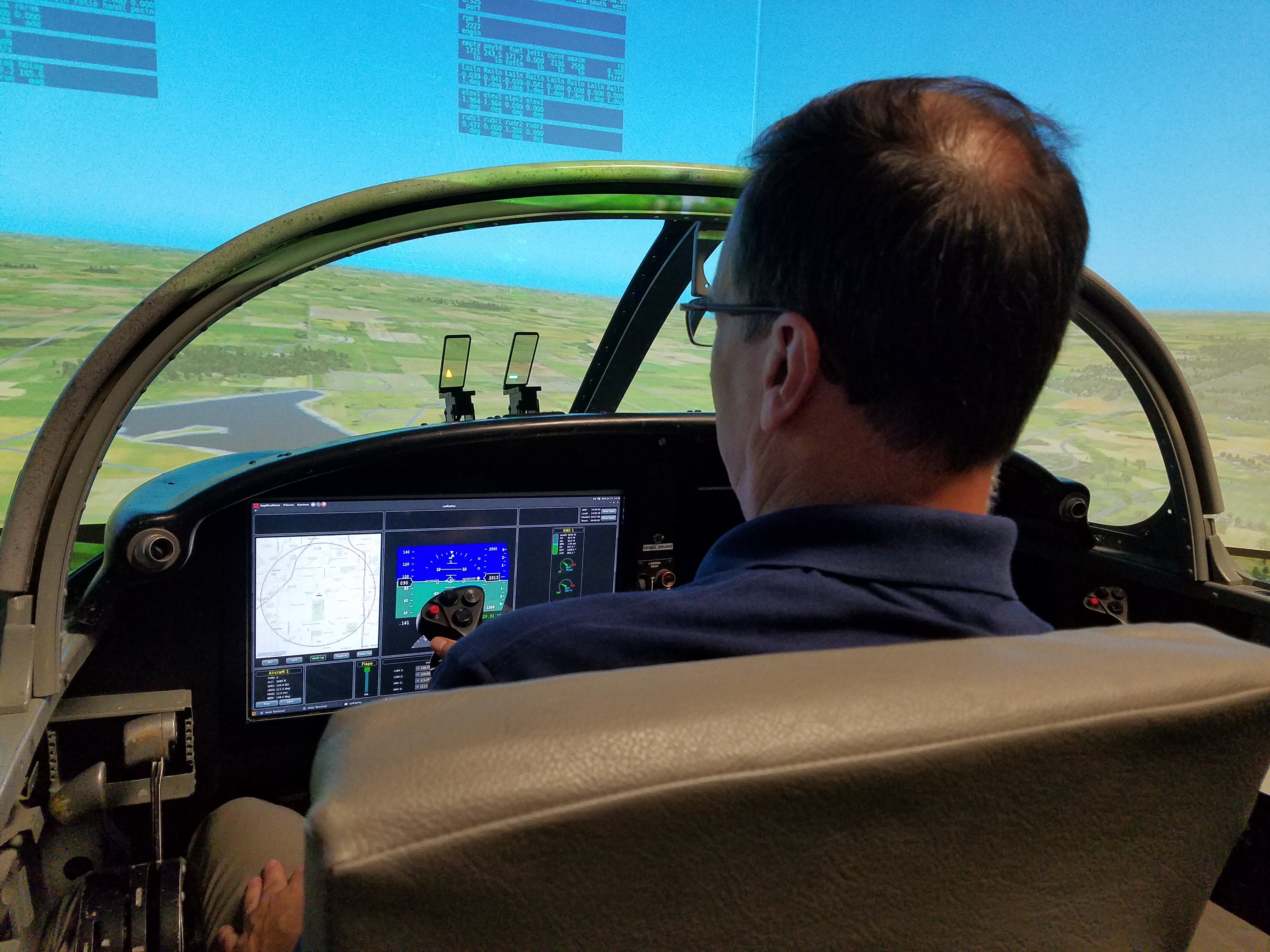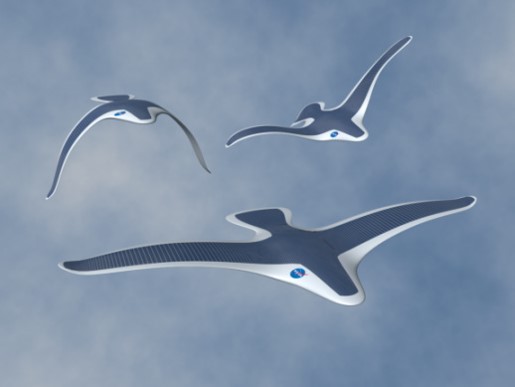Raytheon Company, Intelligence and Information Systems
1 January – 31 December 2013
Co-P.I. Dr. James D. Turner
Total award $250,000
This project consits of applied research that will enable a pathway for basic academic research at Texas A&M University to be transitioned into larger Raytheon Corporate Research and Development efforts for operational systems.
TECHNICAL OBJECTIVES
- Demonstrate the utility of motion based video algorithms developed with the Reinforcement Learning / Approximate Dynamic Programming methodology in Phases I-III.
- Develop and demonstrate a reinforcement Learning / Approximate Dynamic Programming methodology for UAS Autonomous Soaring.
- Conceive novel platform positioning algorithms in support of advanced UAS platforms.
- Refine and demonstrate video processing algorithms with the Land, Air, and Space Robotics Laboratory (LASR) at Texas A&M University.
Validation and verification flight testing will be conducted using the three Pegasus research UAS owned and operated by the Vehicle Systems & Control Laboratory.
Working with me on this program are Graduate Research Assistants:
- Anshu Siddarth, Postdoctoral Research Associate
- Kenton Kirkpatrick, Postdoctoral Research Associate
- Dipanjan Saha, Ph.D. student
- Jim Henrickson, M.S. student
- Tim Woodbury, M.S. student
- Josh Harris, B.S. student
- Candace Hernandez, B.S. student
- Alejandro Azocar, B.S. student
![]()

